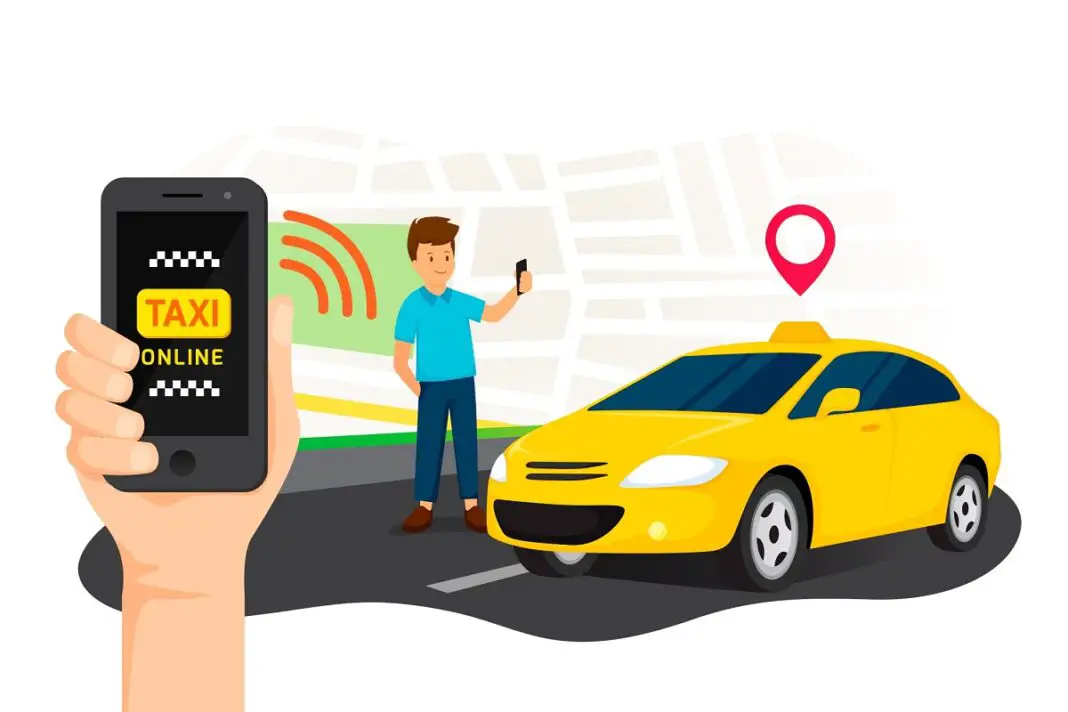Introduction
Taxi dispatching systems have revolutionized the way transportation services are managed and delivered. With advancements in technology, these systems have significantly improved efficiency, reliability, and user experience. This article delves into the intricacies of taxi dispatching system, exploring their development, technical aspects, applications, benefits, challenges, and future prospects.
What is a Taxi Dispatching System?
A taxi dispatching system is a technology solution designed to manage and streamline the operations of taxi services. It connects passengers with drivers through an automated platform that handles booking, dispatching, routing, and payment processes. This system aims to optimize the allocation of resources, reduce wait times, and enhance overall service efficiency.
Historical Development
The evolution of taxi dispatching systems can be traced back to the early days of two-way radios, which allowed basic communication between drivers and dispatchers. With the advent of the internet and mobile technology, these systems have undergone significant transformations, integrating GPS, mobile apps, and real-time tracking to provide a seamless experience for both drivers and passengers.
Technical Specifications
Core Components
- Dispatch Software: The central platform that manages bookings, dispatches taxis, and tracks rides.
- Mobile Apps: Separate applications for drivers and passengers to interact with the system.
- GPS and Navigation: Essential for real-time tracking and optimal routing.
- Payment Gateway: Secure and efficient handling of transactions.
Software Requirements
- Operating System Compatibility: Typically compatible with iOS, Android, and web-based platforms.
- Database Management: Efficient handling of large volumes of data.
- User Interface: Intuitive and user-friendly interfaces for both drivers and passengers.
Hardware Requirements
- Smartphones/Tablets: Used by drivers and passengers to access the system.
- Servers: Robust servers to handle data processing and storage.
- Network Infrastructure: Reliable internet connectivity for real-time communication.
Applications
Urban Transportation
In urban areas, taxi dispatching systems help manage the high demand for transportation, ensuring that taxis are efficiently allocated to passengers, reducing wait times and improving service reliability.
Airport Transfers
These systems streamline airport transfers by allowing passengers to pre-book taxis, ensuring timely pickups and drop-offs, and reducing congestion at airports.
Corporate Travel
For corporate clients, taxi dispatching systems offer customized solutions for employee transportation, ensuring safety, reliability, and efficient billing.
Benefits
Efficiency
Taxi dispatching systems significantly enhance operational efficiency by automating the dispatch process, reducing idle times for drivers, and ensuring timely pickups for passengers.
Cost Savings
By optimizing routes and reducing fuel consumption, these systems help taxi companies cut operational costs. Additionally, automation reduces the need for manual intervention, further saving on labor costs.
Customer Satisfaction
Enhanced reliability, reduced wait times, and seamless payment processes contribute to higher levels of customer satisfaction, encouraging repeat business and positive reviews.
Challenges and Limitations
Technical Challenges
Implementing a taxi dispatching system can involve technical hurdles such as ensuring robust software performance, integrating with existing systems, and maintaining data security.
Operational Challenges
Operational challenges include training drivers to use new technology, managing fleet maintenance, and handling peak demand periods effectively.
Regulatory Issues
Taxi dispatching systems must comply with local regulations, which can vary significantly across different regions, posing a challenge for standardization.
Latest Innovations
AI and Machine Learning
Artificial Intelligence (AI) and Machine Learning (ML) are being increasingly integrated into taxi dispatching systems to predict demand, optimize routes, and improve overall efficiency.
Integration with Other Services
Modern systems are being integrated with other services like public transportation and ride-sharing platforms, offering users a comprehensive mobility solution.
Future Prospects
Autonomous Vehicles
The future of taxi dispatching systems may involve the integration of autonomous vehicles, which can further reduce operational costs and improve service reliability.
Enhanced Customer Experience
Future developments are likely to focus on enhancing the customer experience through features like personalized ride options, advanced booking systems, and real-time feedback mechanisms.
Comparative Analysis
Traditional vs. Modern Systems
Traditional taxi dispatch systems relied heavily on manual processes and radio communication, whereas modern systems leverage digital platforms, GPS tracking, and mobile apps to provide a more efficient and user-friendly service.
Comparison with Ride-Sharing Services
While taxi dispatching systems and ride-sharing services both aim to provide convenient transportation, the former is typically more regulated and offers a more structured service, whereas the latter offers more flexibility and often lower prices.
User Guides or Tutorials
How to Use a Taxi Dispatching System
- Download the App: Passengers need to download the passenger app from the App Store or Google Play.
- Create an Account: Register with necessary details.
- Book a Ride: Enter your location and destination, then choose your ride option.
- Track Your Ride: Use the app to track the taxi in real-time.
- Make Payment: Pay through the integrated payment gateway after the ride.
Tips for Operators
- Regular Training: Ensure drivers are regularly trained on the latest system updates.
- Maintenance Checks: Regularly check and maintain the hardware components.
- Customer Feedback: Use feedback to continually improve the service.
Conclusion
Taxi dispatching systems have significantly transformed the transportation industry, providing numerous benefits in terms of efficiency, cost savings, and customer satisfaction. While there are challenges to be addressed, the continuous advancements in technology promise a bright future for these systems. Whether you are a passenger seeking reliable transportation or a service provider looking to improve operations, understanding and leveraging these systems can offer substantial advantages.







